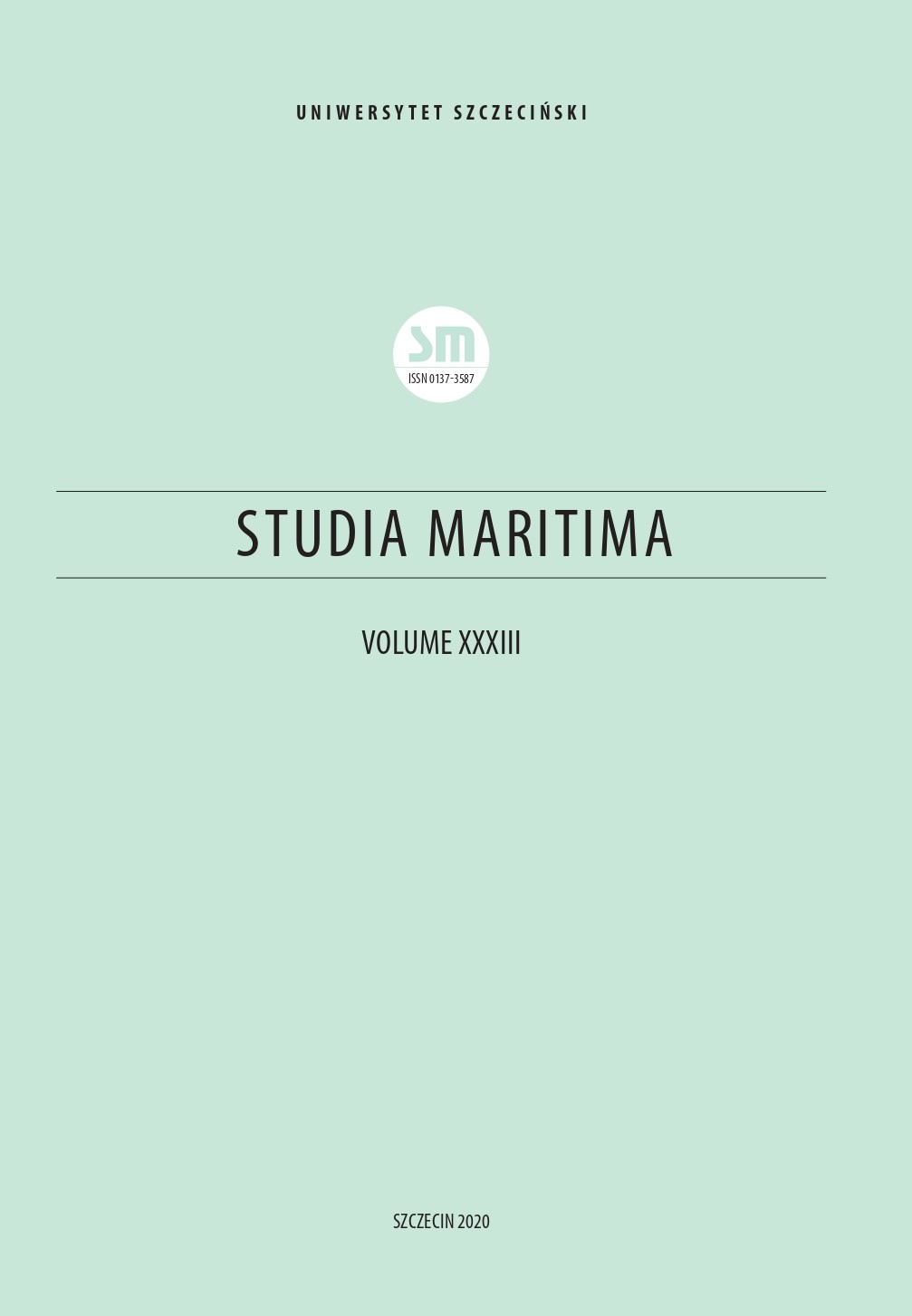Pomerania in the Medieval and Renaissance Cartography – from the Cottoniana to Eilhard Lubinus
Pomerania in the Medieval and Renaissance Cartography – from the Cottoniana to Eilhard Lubinus
Author(s): Adam KrawiecSubject(s): History, Geography, Regional studies, Historical Geography, Maps / Cartography, Local History / Microhistory, Middle Ages, 6th to 12th Centuries, 13th to 14th Centuries, 15th Century
Published by: Wydawnictwo Naukowe Uniwersytetu Szczecińskiego
Keywords: Pomerania; Duchy of Pomerania; medieval cartography; early modern cartography; maritime cartography
Summary/Abstract: The paper is a new attempt at a new look at the issues related to the image of Pomerania in medieval and renaissance cartography. The breakpoints of the analysis are marked by the appearance of the first attempt to more clearly describe the areas on the southern Baltic coast on the world map known as Cottoniana (11th century), and on the other hand, the map by Eilhard Lubinus (1618), which was the most perfect early-modern cartographic representation of the Duchy of Pomerania, and at the same time formally stood on the border of Renaissance cartography and 17th-century “cartography of measurement”. The overview of the presentation of the cartographic image of Pomerania has been divided into sub-chapters relating to various categories of maps. The first one concerns medieval encyclopedic-symbolic maps, and especially the possible reasons for not including the name of Pomerania on the vast majority of maps in this category. In the following subsections were studied nautical maps, late medieval Ptolemaic maps and the so-called transitional maps, renaissance cartography and early modern separate maps of Pomerania. Particular attention was paid to the way the name of Pomerania was understood by cartographers and to the ways of inserting the discussed regions into wider spatial contexts.
Journal: Studia Maritima
- Issue Year: 33/2020
- Issue No: 1
- Page Range: 85-128
- Page Count: 44
- Language: English

